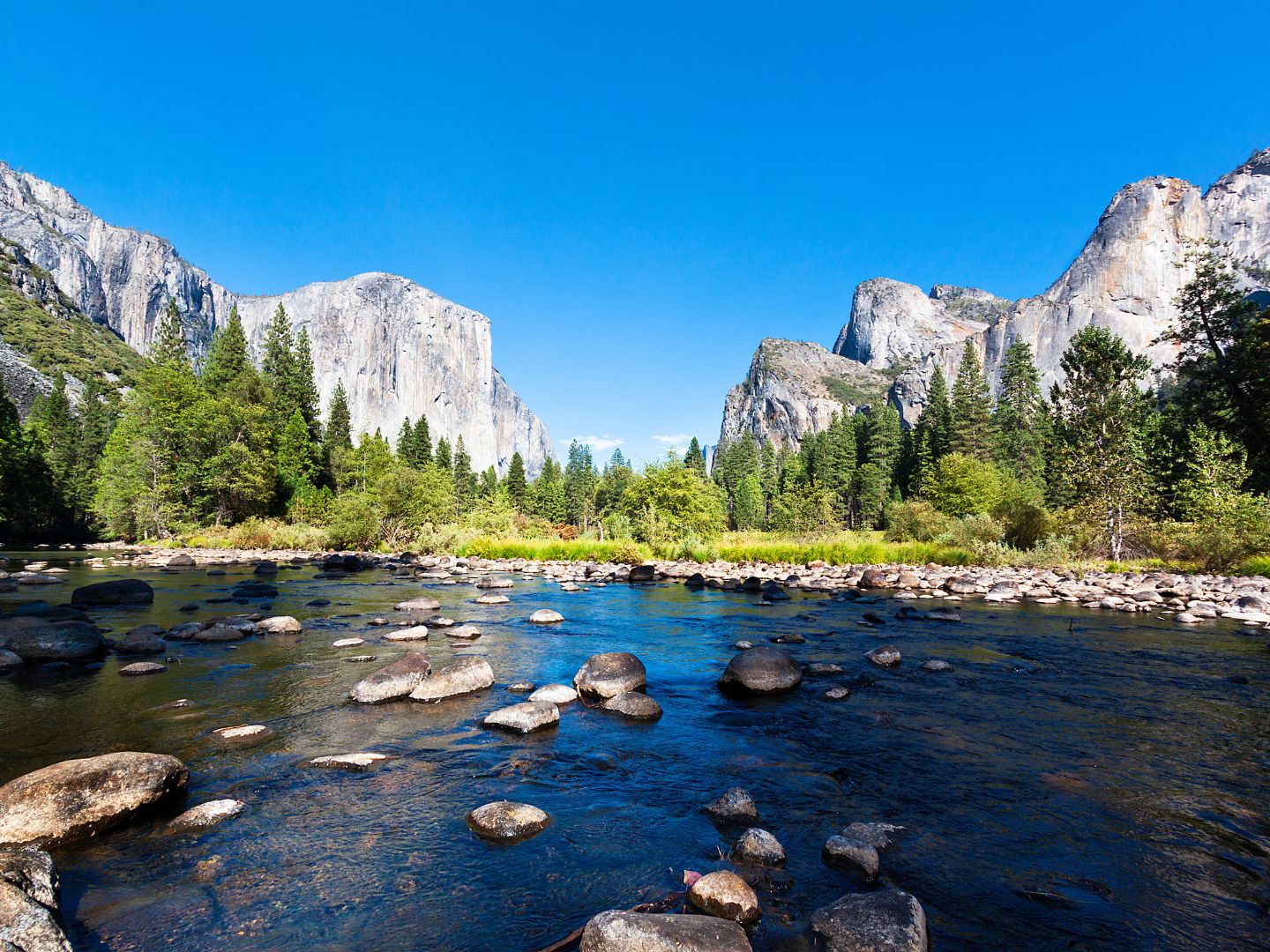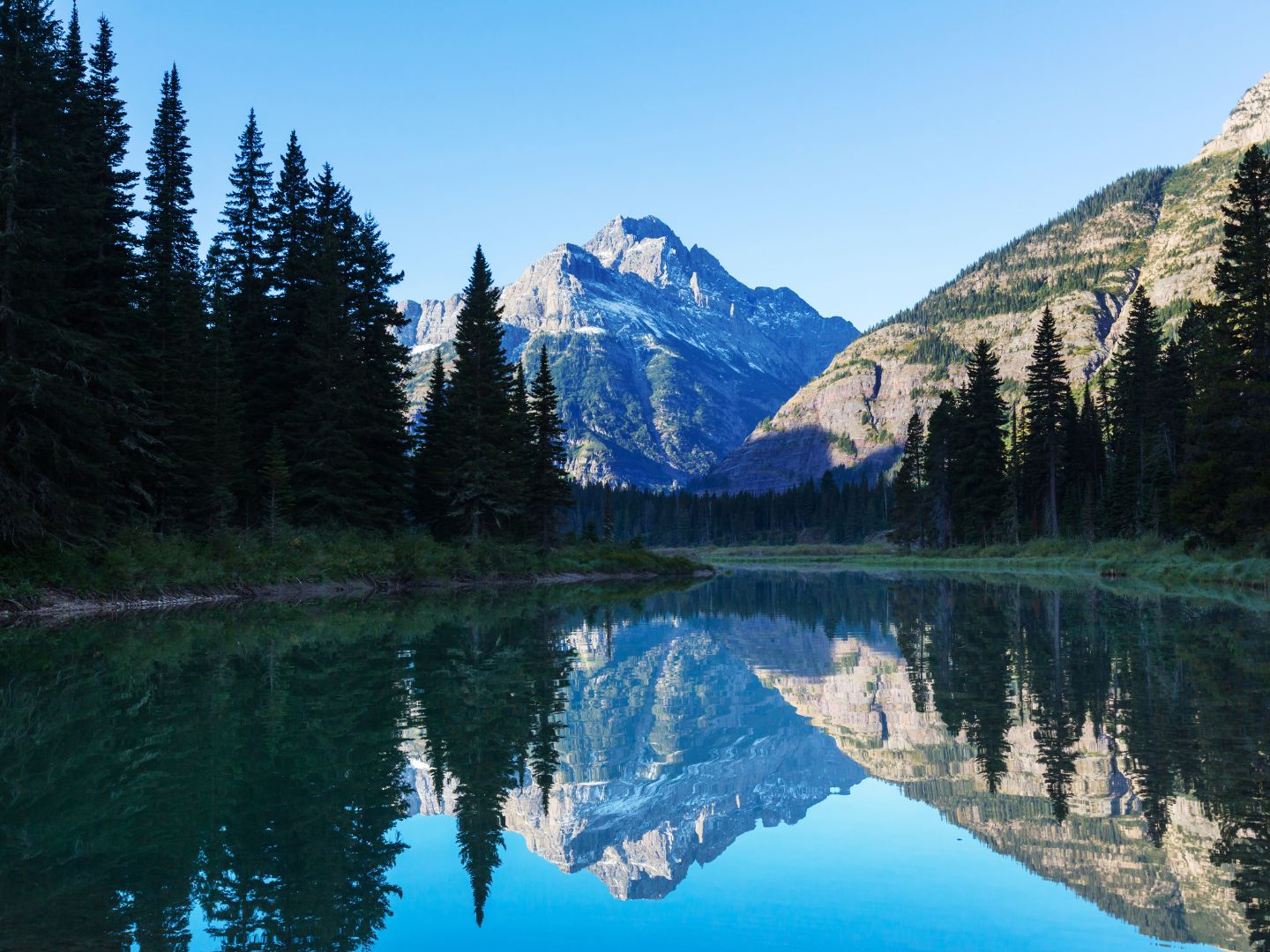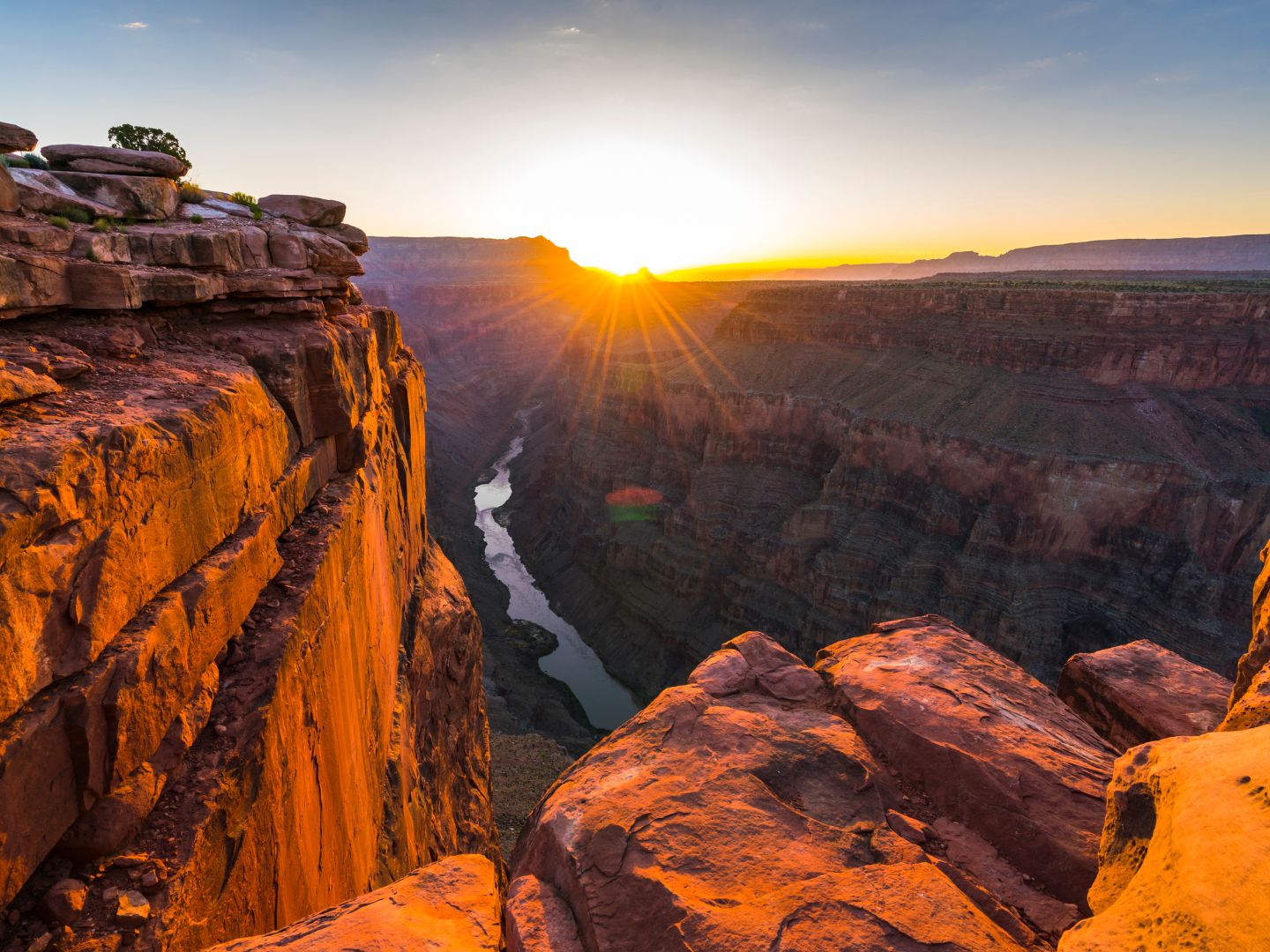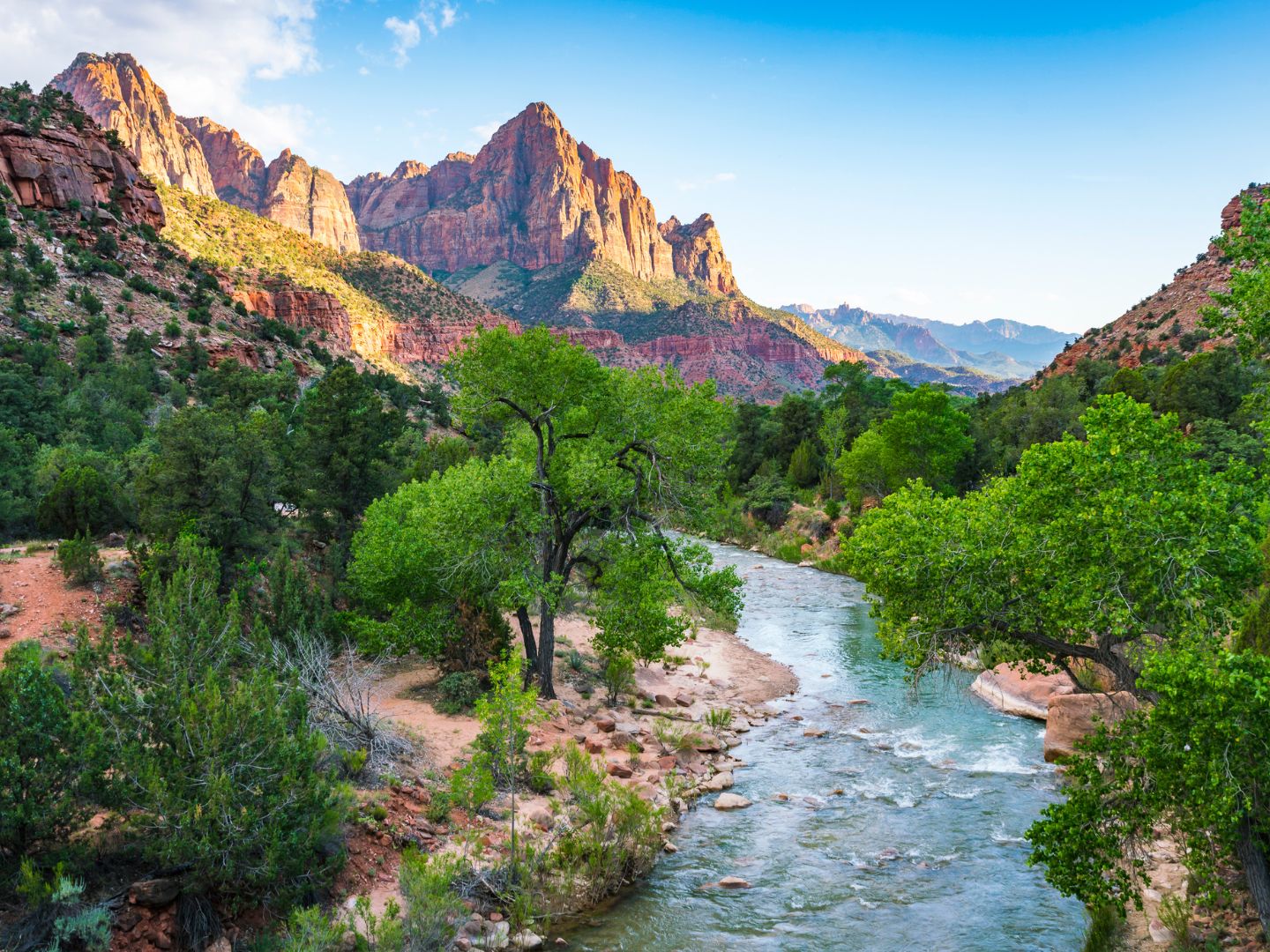There’s something magical about standing in a landscape so vast and untamed that it makes you feel wonderfully small. America’s national parks offer exactly this experience – a chance to reconnect with nature in its most spectacular forms.
At Travel Byrds, we’ve helped countless adventurers discover these natural treasures, and we’re excited to share our insights with you.
Doesn’t matter if you’re planning your first national park visit or adding to your collection of park passport stamps, let us guide you through some of North America’s most breathtaking protected lands.
1. Yellowstone: America’s Original Wonder
As the world’s first national park, Yellowstone set the standard for conservation over 150 years ago, and it continues to amaze visitors today with its geothermal marvels and abundant wildlife.

Experiences That Define Yellowstone
Nothing quite prepares you for seeing Old Faithful erupt for the first time, sending thousands of gallons of steaming water up to 185 feet into the air. Time your visit right, and you’ll join the semicircle of awed spectators who gather faithfully for each predictable eruption. But Yellowstone offers so much more than its famous geyser.
The Grand Prismatic Spring presents a rainbow of colors that seems almost artificially enhanced. The deep blue center gradually transitions to green, yellow, orange, and red – all created naturally by different types of heat-loving bacteria that thrive in the spring’s varying temperatures.
Wildlife viewing here is unparalleled in the lower 48 states. The Lamar Valley, often called “America’s Serengeti,” offers your best chance to spot the park’s renowned wolf packs, especially at dawn or dusk. Bison herds roam freely, sometimes creating impromptu “bison jams” on park roads as they amble across – a uniquely Yellowstone traffic delay that most visitors cherish rather than begrudge.
When to Visit & Tips
Summer (June-August) brings ideal weather but also the biggest crowds. For a more peaceful experience with still-good weather, aim for May or September. Winter offers a completely different but equally magical experience, with steaming geysers set against snowy landscapes and fewer visitors.
For accommodation, book at least 6-12 months in advance if you want to stay at historic Old Faithful Inn or any in-park lodging. Early morning exploration will reward you with both wildlife sightings and fewer people at popular attractions.
2. Grand Canyon: Nature’s Masterpiece
Standing at the rim of the Grand Canyon for the first time is a moment most visitors never forget. This massive chasm, carved by the Colorado River over millions of years, stretches 277 miles long, up to 18 miles wide, and more than a mile deep.
Beyond the Rim Views
While many visitors spend only a few hours at the viewpoints, the true magic of the Grand Canyon reveals itself to those who venture beyond the rim. Hiking even a short distance down the Bright Angel or South Kaibab trails transforms your perspective, as the immensity of the canyon begins to envelop you.
For the adventurous, a multi-day rafting trip through the canyon offers perhaps the most intimate experience. Navigating the Colorado River’s rapids while gazing up at towering rock walls tells the geological story in a way no viewpoint can match.
The North Rim, open only from mid-May to mid-October due to snow, receives just 10% of the visitors that flock to the South Rim. Its higher elevation (8,000 feet) offers cooler temperatures and different perspectives of the canyon, along with a more tranquil experience.
When to Visit & Tips
Spring (April-May) and fall (September-October) offer ideal weather and fewer crowds than summer. Sunrise and sunset transform the canyon walls with an ever-changing palette of colors that photographers chase eagerly.
If hiking into the canyon, remember the park rangers’ crucial advice: going down is optional, coming up is mandatory. The deceptive nature of the descent leads many unprepared hikers into trouble. Always carry plenty of water, regardless of season or hike length.
3. Yosemite: The Valley of Wonders
When naturalist John Muir first encountered Yosemite Valley, he wrote: “No temple made with hands can compare with Yosemite.” With its towering granite cliffs, thundering waterfalls, and ancient sequoias, Yosemite continues to inspire the same reverence today.

Seasonal Transformations
Each season reveals a different face of Yosemite. Spring brings roaring waterfalls as snowmelt cascades down the valley walls. Yosemite Falls, North America’s tallest waterfall at 2,425 feet, creates a misty spectacle that can be heard throughout the valley.
Summer opens up the high country, where subalpine meadows burst with wildflowers against a backdrop of granite domes. The Tioga Road, typically open from June through October, provides access to this less-visited alpine wonderland.
Fall paints black oaks and dogwoods in vibrant yellows and reds, while the meadows take on golden hues. Winter transforms the valley into a quiet snow globe, with far fewer visitors and the possibility of seeing El Capitan and Half Dome dusted in white.
Adventures for Everyone
Rock climbers from around the world make pilgrimages to Yosemite’s granite walls, particularly El Capitan. Even if you’re not scaling these heights, watching tiny climbers make their way up the 3,000-foot face is mesmerizing.
For less vertical adventures, over 800 miles of hiking trails criss-cross the park. The Mist Trail to Vernal and Nevada Falls offers an accessible taste of Yosemite’s grandeur, while the cable route up Half Dome presents a challenging day hike for the well-prepared.
Visit in February for a chance to witness the “Firefall,” when the setting sun hits Horsetail Fall at just the right angle, turning the water into what appears to be flowing lava against the granite cliff.
4. Zion: The Vertical Paradise
Utah’s first national park welcomes you with an unusual approach – you descend into its main canyon rather than climbing up to a viewpoint. This reverse perspective sets the tone for Zion, where you’ll often find yourself looking up in wonder.
Immersive Canyon Experiences
The narrows of the Virgin River offer one of America’s most unique hiking experiences. This “bottom-up” hike takes you directly into the river, where you’ll wade through water flanked by walls that soar up to 1,000 feet while narrowing to just 20-30 feet in places.
For those seeking heart-pounding adventure, Angels Landing provides a thrilling ridge walk with chains to hold onto as you navigate a path with 1,000-foot drop offs on either side. The 360-degree views at the top reward your courage.
When to Visit & Tips
Spring (April-May) and fall (September-October) offer pleasant temperatures and the chance to see the canyon in full color. Summer brings crowds and temperatures that can exceed 100°F, though the canyon walls provide welcome shade during parts of the day.
From March through November, Zion Canyon Scenic Drive is accessible only by free shuttle bus, which helps preserve the peaceful nature of the canyon. Embrace this car-free experience – the shuttles are frequent and stop at all major trailheads.
5. Glacier National Park: The Crown of the Continent
Glacier National Park preserves over a million acres of some of the most pristine wilderness in America. Here, rugged mountain peaks, crystal-clear alpine lakes, and remnants of once-massive glaciers create a landscape that feels almost otherworldly.

An Alpine Wonderland
The Going-to-the-Sun Road is an engineering marvel that bisects the park, offering access to some of its most spectacular scenery. As you navigate its 50 miles of twists and turns, you’ll climb from lush forests to the alpine zone at Logan Pass, where mountain goats often graze just feet from visitors.
The park’s namesake glaciers, though dramatically receding due to climate change, still cling to mountainsides in various locations. Hike to Grinnell Glacier for an up-close encounter with one of the more accessible ice fields, where the turquoise waters of its meltwater lake provide a striking contrast to the white ice and red rock.
Wildlife enthusiasts will find their paradise here – Glacier is home to grizzly and black bears, wolves, mountain lions, and more elusive creatures like wolverines and lynx. Dawn and dusk bring exceptional opportunities for spotting these animals, particularly along meadow edges.
When to Visit & Tips
Glacier’s prime season is short but sweet. Most facilities and the complete Going-to-the-Sun Road are only open from late June or early July through mid-September due to snow. This condensed season means summer brings crowds, so book accommodations up to 13 months in advance for historic lodges like Many Glacier Hotel.
For a truly special experience, consider staying at one of the park’s backcountry chalets – Granite Park or Sperry – accessible only by foot and offering rustic accommodations that harken back to the park’s early days.
The park’s location near the Canadian border means weather can change rapidly, even in summer. Pack layers and rain gear regardless of the forecast, and always carry bear spray when hiking, and know how to use it.
The Journey Awaits!
America’s national parks preserve our most treasured landscapes, but they offer more than just scenery – they provide transformative experiences that stay with you long after you’ve returned home.
At Travel Byrds, we’re here to help craft your perfect park experience. Share your travel preferences, desired activities, and must-see destinations and our team of experienced park enthusiasts will design a customized itinerary that maximizes your time in these natural cathedrals. Contact us today!








